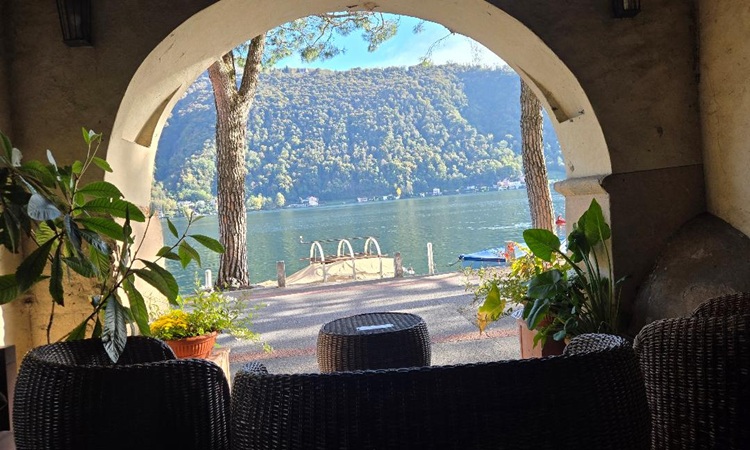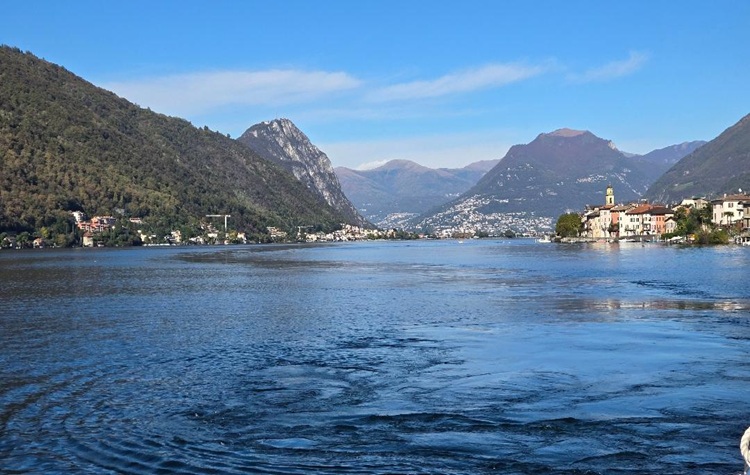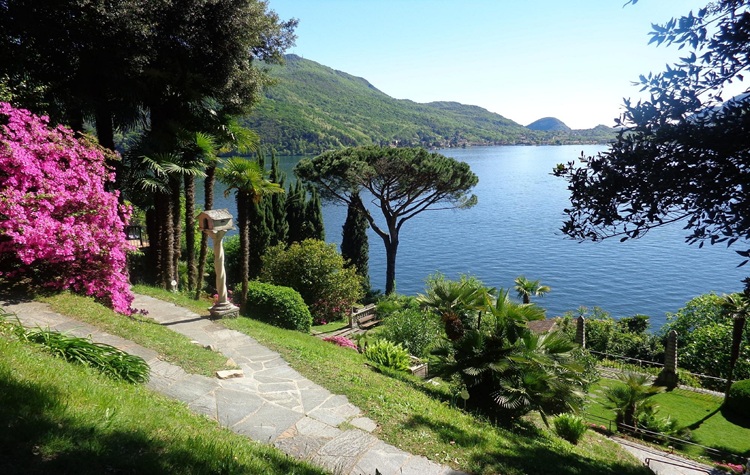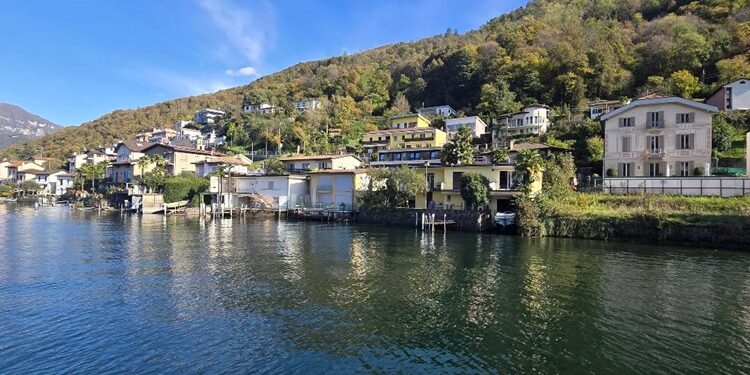Travelers arriving in Lugano often speak first of its atmosphere—the soft, shimmering light, the calm surface of the lake, and the gentle way the hills seem to cradle the city. Yet just a short, scenic ferry ride away lies a village where time itself seems to slow, and the harmony between nature and architecture feels almost musical. This is Morcote, a place so perfectly balanced in scale and spirit that it was named “The Most Beautiful Village in Switzerland” in 2016. To visit Morcote is not simply to admire a picturesque lakeside town; it is to step into a living environment shaped by centuries of cultural exchange, artistry, and care.

Morcote’s history stretches back to when the lake served as a vital link between northern and southern Europe. The ebb and flow of goods, ideas, and travelers gave rise to patrician houses with carved window frames and elegant arcades, nestled along narrow stone lanes that climb the hillside in gentle curves. These streets are not meant to be hurried; they invite visitors to wander slowly, to notice how sunlight dances across the water at every turn, and to feel the warmth of centuries-old stone underfoot.
The village’s lakeside promenade, recently restored, offers a perfect introduction to Morcote’s charm. Cafés and trattorias open toward the lake, terraces bloom with flowers in spring and summer, and the scent of jasmine drifts along the path. Sitting here with a cappuccino in hand, one senses the ease and rhythm of village life, where locals and visitors alike move at a human pace, savoring the quiet pleasures of daily life.
Above the village, the Church of Santa Maria del Sasso crowns the hillside, reached by a winding staircase framed with cypress trees and shaded pergolas. As you ascend, glimpses of the lake appear through arches and gardens, each turn revealing another angle of the landscape’s serene beauty. At the summit, the church and its Romanesque bell tower stand in quiet dignity, overlooking the village and the expanse of water beyond. It is a place that encourages reflection and presence, a moment of stillness that lingers long after one leaves.

As I wandered these streets, I could not help but feel that Morcote is not just a village — it is a harmony of lake, mountain, history, and light. Every corner invites you to slow down and look closer. It is a place that speaks softly, yet deeply, where one feels as though stepping inside a painting. There is a poetic stillness here, where every archway and garden terrace carries the echo of centuries.
Yet the experience of Morcote does not end in the village itself. At its western edge lies Parco Scherrer, one of Switzerland’s most evocative cultural landscapes. Created in the early 20th century by Hermann Arthur Scherrer, a textile merchant and collector, the garden unfolds across hillside terraces that look out over the lake. But it is what grows alongside the cypress and palms that makes this place extraordinary: a living tapestry of civilizations and histories.

Here, visitors pass from Greek colonnades to Venetian loggias, Egyptian stone forms, Asian pavilions, and Moorish arches — yet nothing feels staged or out of place. Each element blends softly into the landscape, as if it has always belonged. Walking the terraces feels like traveling across cultures while remaining in the quiet embrace of the lake.
Parco Scherrer is a world within worlds — a gentle journey through art and memory, held by the beauty of Lake Lugano.
For Jewish travelers, the significance of Morcote and Parco Scherrer is not grounded in documented Jewish history, but in something more personal and enduring. Jewish travelers have long sought spaces of reflection—places where beauty creates room for rest, contemplation, and spiritual renewal. In the 19th and early 20th centuries, the Swiss lake regions drew artists, philosophers, and families seeking wellness and emotional clarity. That tradition continues today, offering moments of calm and inspiration, especially for those navigating the demands of modern life and the search for meaning and belonging.

Walking along Morcote’s stone lanes and terraces, breathing the lake air and watching sunlight gather on arches, one feels quietly, slowly, and deeply.
In a world that rushes and overwhelms, Morcote provides something far rarer: a chance to pause, to breathe, and to return gently to oneself, reminded of the harmony that can exist between nature, history, and the human spirit. For Jewish travelers visiting Lugano and the surrounding Ticino region, Morcote is a gem waiting to be experienced—a serene retreat where one can connect deeply with beauty, heritage, and the quiet joy of discovery. It is not simply a place to visit, but a place to feel, to walk slowly, and to let its peaceful grace stay with you long after you have departed.
Meyer Harroch is the founder of the New York Jewish Travel Guide, documenting Jewish heritage, life, and culture around the world.
Special thanks to the Swiss Tourism Office and to Divine Bonga for their generous hospitality and commitment to showcasing Switzerland’s cultural and Jewish heritage.
Home page – Visit Morcote – Tourism
Getting There: Book flights with SWISS – your journey starts here | SWISS












